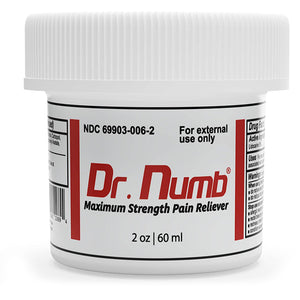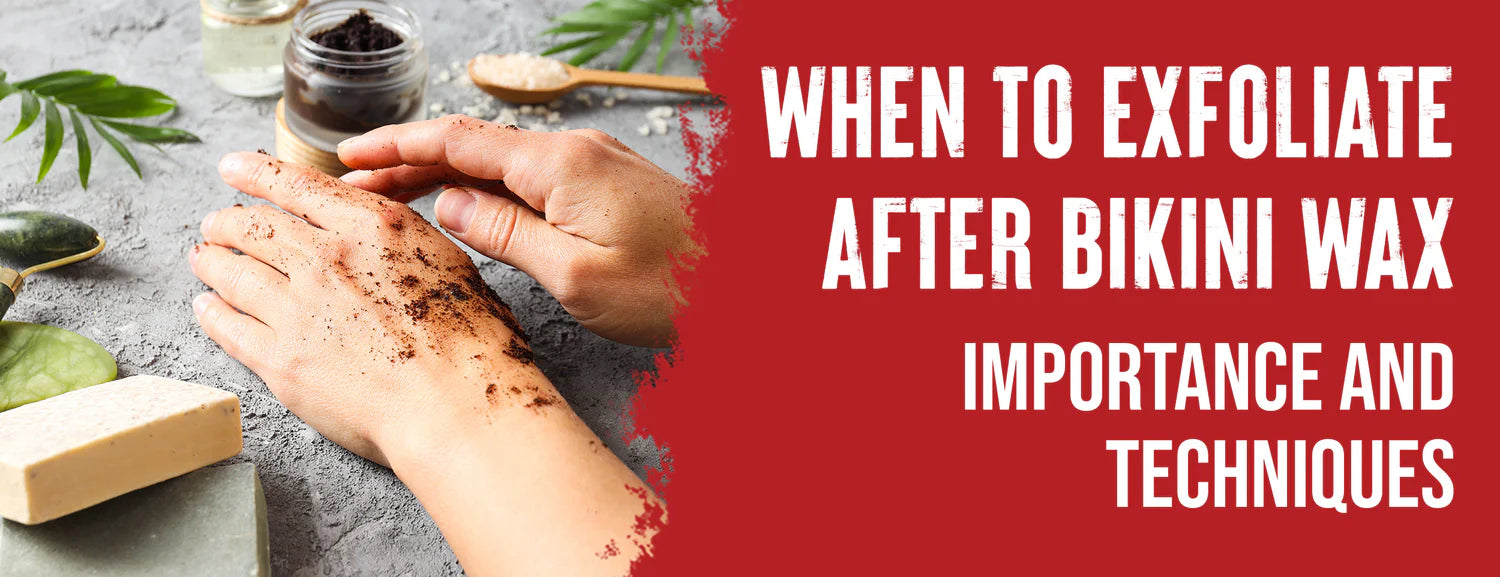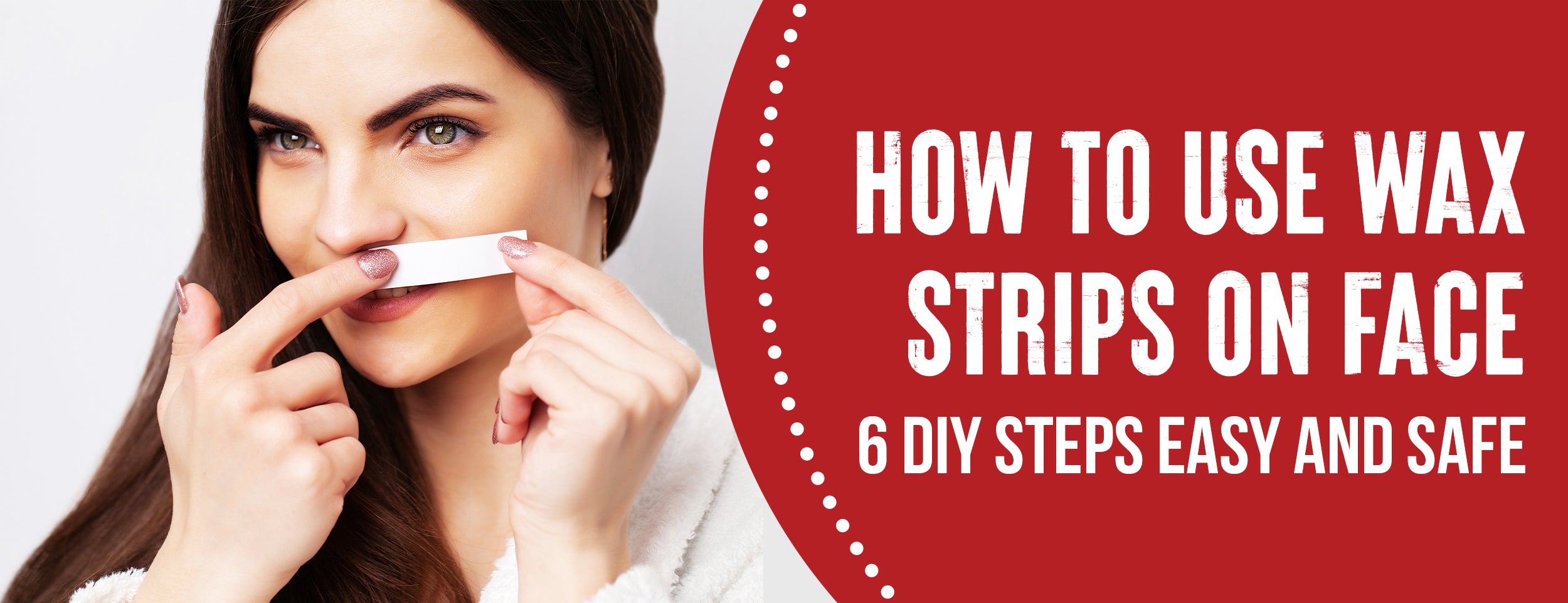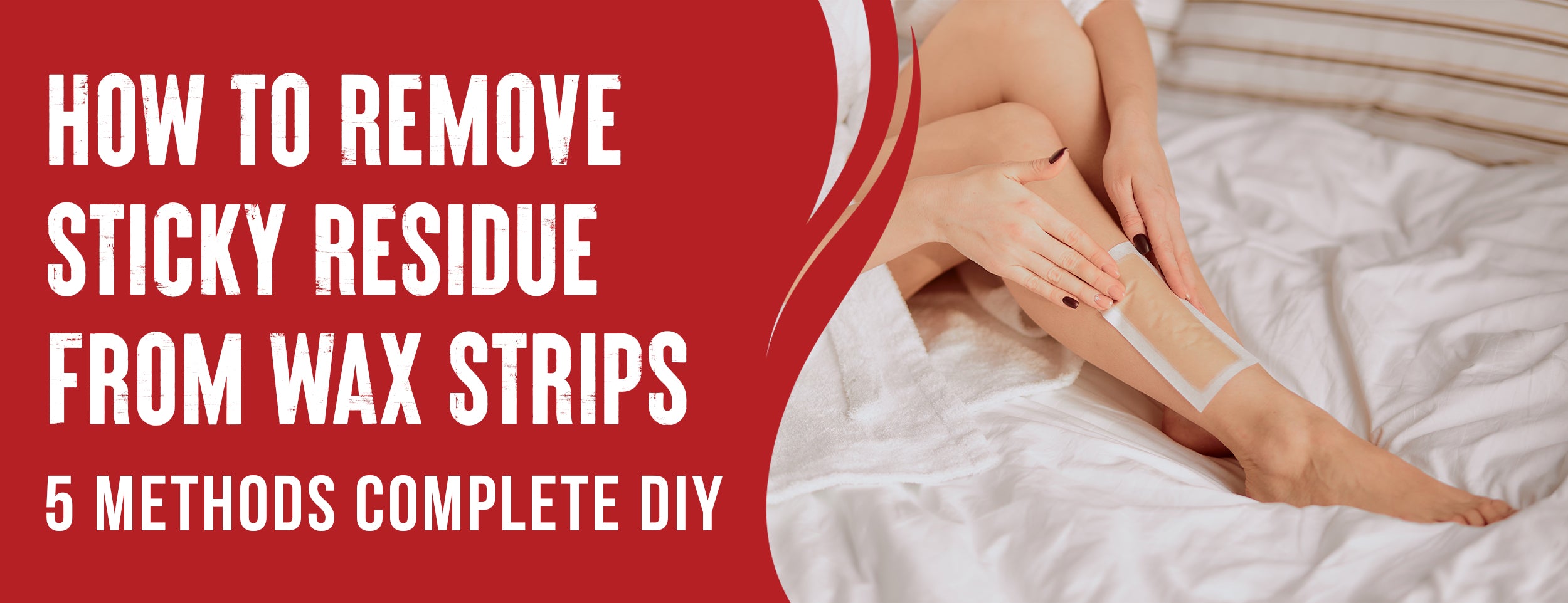Waxing pain level is a topic on everyone's minds when they consider getting a Brazilian wax for the first time. Perhaps you're hoping for a painless experience, or maybe you're bracing yourself for the worst.
Yes, Brazilian waxes can be painful. Pain tolerance plays a big role in the experience. Skin sensitivity, the skill of the esthetician performing the wax, and the type of wax used can impact how uncomfortable the procedure is.
In this blog post, we'll take a closer look at the pain level associated with Brazilian waxes and provide you with all the information you need to decide whether or not this hair removal method is right for you.
Brazilian Wax Pain Level: 6 Factors Effect

Brazilian waxing removes pubic hair through this method of hair removal. While a Brazilian wax can leave you feeling smooth and confident, it can also be a painful experience. Brazilian waxing can cause varied pain levels depending on several factors.
Pain Tolerance
Pain tolerance is a primary factor determining Brazilian wax pain level. Individuals experience pain differently, and what may be excruciating to one person may be bearable to another. Individuals experience pain differently, anxiety levels, previous experience with waxing, and overall sensitivity during Brazilian waxing sessions.
Some people have a higher level of pain tolerance because of genetics, whereas others have developed it through experiences like tattoos or piercings. Brazilian waxing may be uncomfortable or painful to some people, regardless of their pain tolerance.
Hormonal Change
Hormonal changes also significantly affect how much pain is experienced during a Brazilian waxing session. Menstruation, pregnancy, and menopause can all affect the skin's sensitivity, making it more sensitive to pain and discomfort. Skin sensitivity can be affected by estrogen levels during menstruation.
Brazilian waxing appointments should be avoided during menstruation due to heightened discomfort. Pregnancy hormones can also cause sensitive skin, making Brazilian waxing painful.
Skin Sensitivity

Skin sensitivity is an important factor affecting the pain level during a Brazilian wax. An individual with thin skin is generally more prone to feeling pain during waxing. Thin skin lacks protective layers that cushion nerves and blood vessels, so it's more sensitive to pain. Those with thicker skin experience less pain.
Allergies
Furthermore, if an individual has allergies, they may experience heightened pain during a Brazilian wax. Skin contact with wax can trigger an allergic reaction, leading to redness, itching, and pain. Any allergies should be disclosed to the waxing professional beforehand to ensure a safe and comfortable waxing.
Waxing Technique
Another factor that has a significant impact on Brazilian wax pain levels is the waxing technique used. The type of wax utilized can greatly affect the pain level. For sensitive skin, hard wax adheres only to the hair, making it less painful and gentle. A strip must be used to remove soft wax, causing more discomfort for sensitive skin.

Skill Level of The Waxing Professional
One of the most important factors to consider when choosing a waxing professional is their skill level. A waxing professional is better equipped to apply the wax properly and remove the hair as quickly and painlessly as possible. A skilled waxing professional uses the right techniques to minimize discomfort during a Brazilian wax, such as stretching the skin taut.
Brazilian Wax Pain Level: 3 Different Body Parts
Waxing in Brazilian style is a popular procedure for women to achieve smooth intimate areas. It is no secret that this hair removal can cause pain. Pain levels can vary from one part of the body to another, depending on where it occurs.
Pubic Area

The pubic area is the most common body part to be waxed during a Brazilian wax. A pubic hair removal procedure removes hair between the legs and along the bikini line. Some body parts are waxed, and the hair and wax are removed using a cloth strip.
Pain during a Brazilian wax is often described as a sharp, burning sensation in the pubic area. The pain threshold is a variable characteristic that varies from individual to individual. The procedure is generally considered one of the most sensitive on the body.
Labia and Vulva
Labia and vulva hair can also be removed with the Brazilian wax procedure. As expected, the pain level in the labia and vulva area can be even more intense and uncomfortable. The skin in this area is delicate and highly sensitive, making the procedure more painful. Furthermore, this area is not flat, and hair can run in different directions, making wax removal harder.

Buttocks
Waxing the buttocks can be a painful experience for some. The pain level can be moderate to severe, especially for those who have never tried waxing. Removing hair from the buttocks can cause some awkwardness and discomfort.
The buttocks are less sensitive than the pubic or labia area but can still cause pain. The technician should apply the wax in small sections to minimize pain and discomfort. Removing hair in the direction of hair growth is also advisable, making the waxing less painful.
Minimize Brazilian Wax Pain: 3 Tips
Brazilian waxing can cause pain based on the individual. Several methods are available to minimize discomfort.
Pre-Wax Preparation:
The best way to minimize Brazilian wax pain is to prepare properly. Exfoliating the skin before waxing can promote hair growth and make the waxing process less painful. A 30-minute period before your appointment can help alleviate pain with Ibuprofen or acetaminophen.
During the Wax:

There are several things you can do to ease the pain. Deep breathing and relaxation techniques can help divert your attention away from discomfort. A numbing cream can temporarily relieve pain in Brazilian waxing. Skin irritation or allergic reactions can occur with some numbing creams.
Post-Wax Care:
After the waxing, applying ice to the waxed area can help soothe and calm the skin, reducing swelling and redness. Wearing comfortable clothing and avoiding tight-fitting clothes can also help to prevent irritation. You should avoid activities that increase body heat in the 24 hours following your Brazilian waxing session, such as hot showers, swimming, or exercising.
Even though Brazilian waxing can be painful, there are steps you can take to help minimize discomfort. Taking these steps can make your Brazilian waxing experience more pleasant.
Brazilian Waxing: 3 Risks and Side Effects
Several risks are associated with Brazilian waxing, such as skin irritation and infection. Brazilian waxing can also be painful for some individuals, with this risk and side effects.
Skin Irritation:

Brazilian waxing can cause skin irritation for several reasons. One of the primary reasons is the hot wax used during the process. When applied to the skin, hot wax can cause a burning sensation that can be quite uncomfortable. An allergic reaction to wax or other products used during the process can cause redness, swelling, and irritation. Pain experienced during Brazilian waxing can range from mild discomfort to severe soreness.
Ingrown Hair
Another risk associated with Brazilian waxing is the development of ingrown hair. Growing hair backward instead of outward is called ingrown hair. This can cause redness, inflammation, and even infection. The pain level involved in ingrown hair during Brazilian waxing can be moderate to severe, depending on the severity of the ingrown hair.

Infection:
Brazilian waxing can also lead to infection if proper hygiene is not maintained. Clean waxing products, thorough cleaning before and after the process, and avoiding touching the area with dirty hands or clothes are all important. A severe infection can cause significant discomfort and pain, ranging from mild to severe.
Conclusion:
In conclusion, Brazilian waxing can be an intimidating beauty treatment, but the pain level can vary from person to person. Considering factors like waxing frequency and skill level before booking your next appointment can help you make an informed decision. Communicate your level of discomfort with your aesthetician and practice proper aftercare techniques to ensure a pain-free waxing experience .














